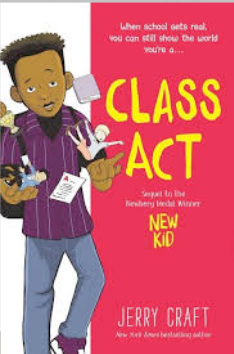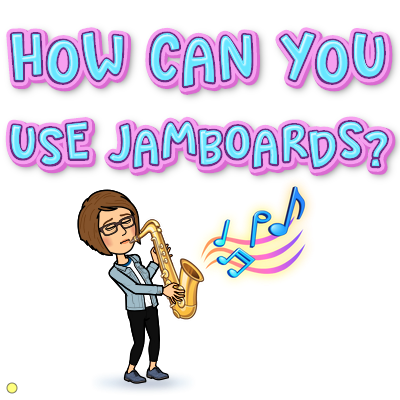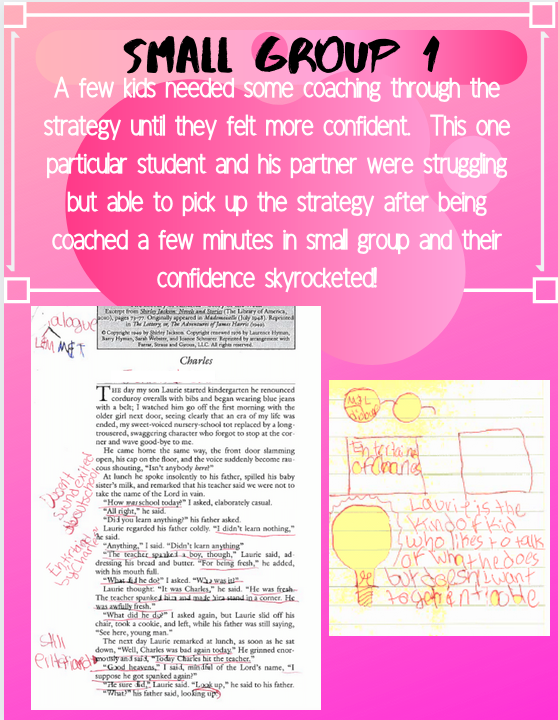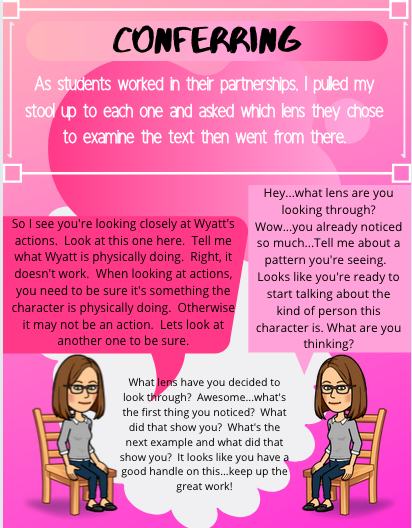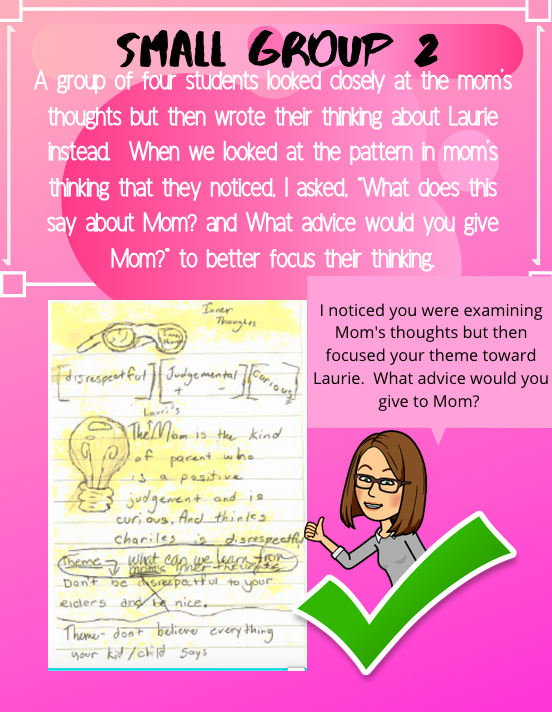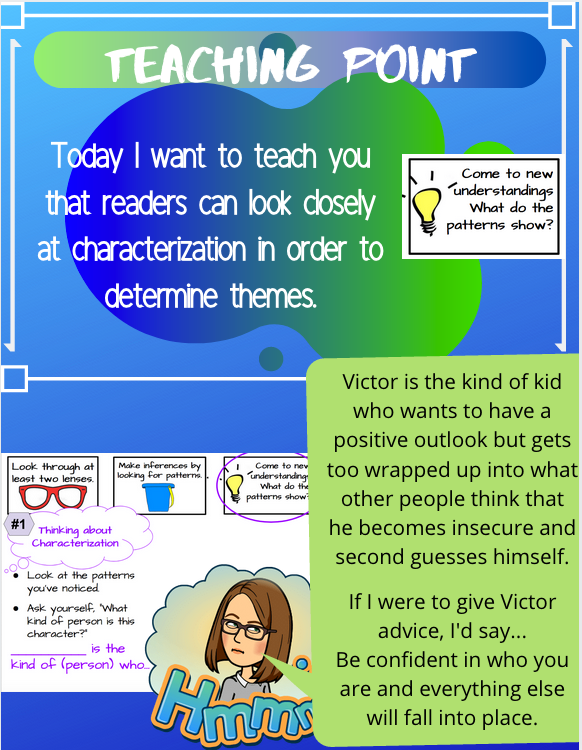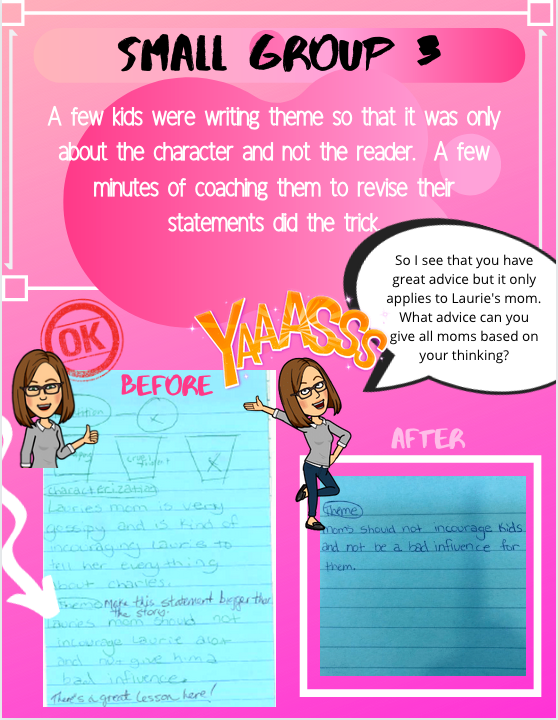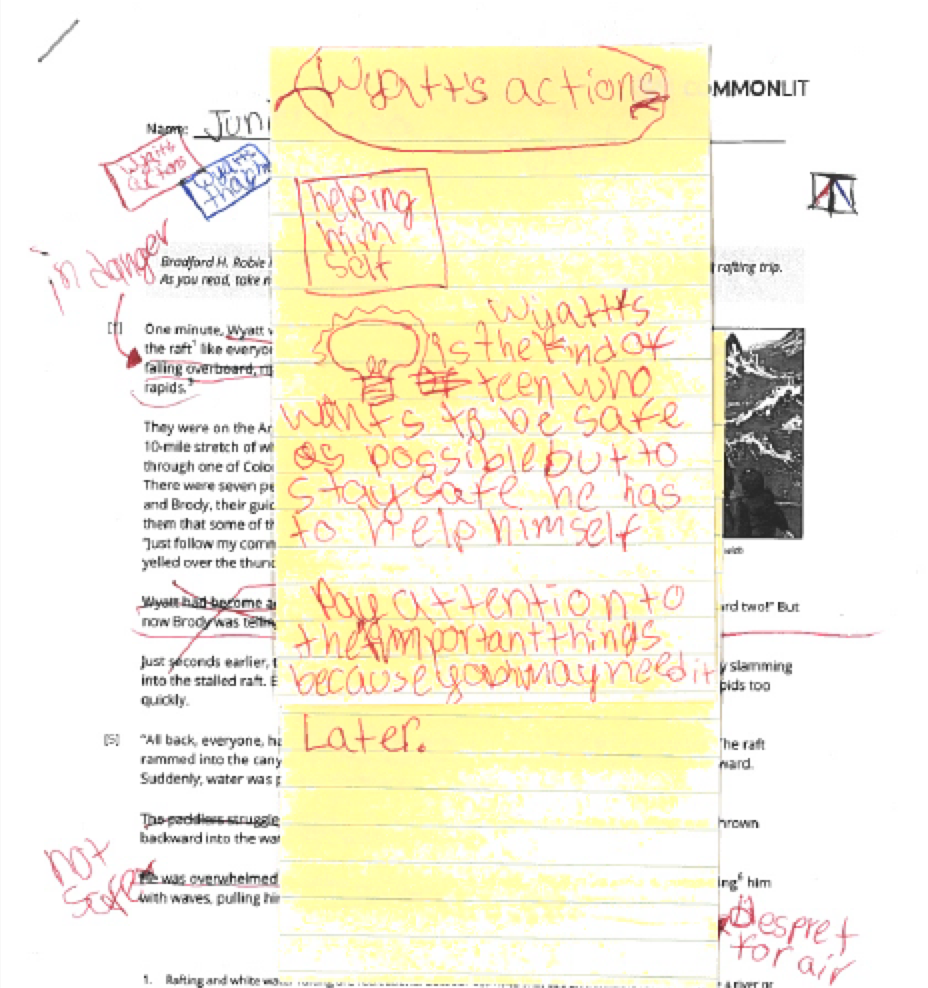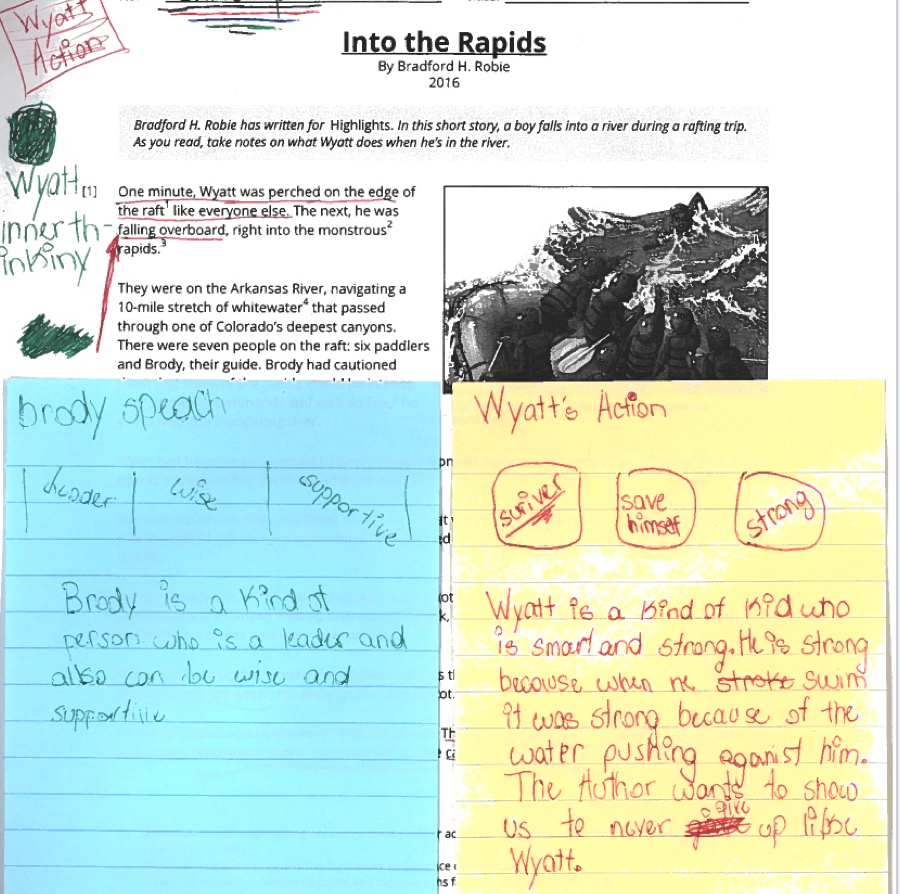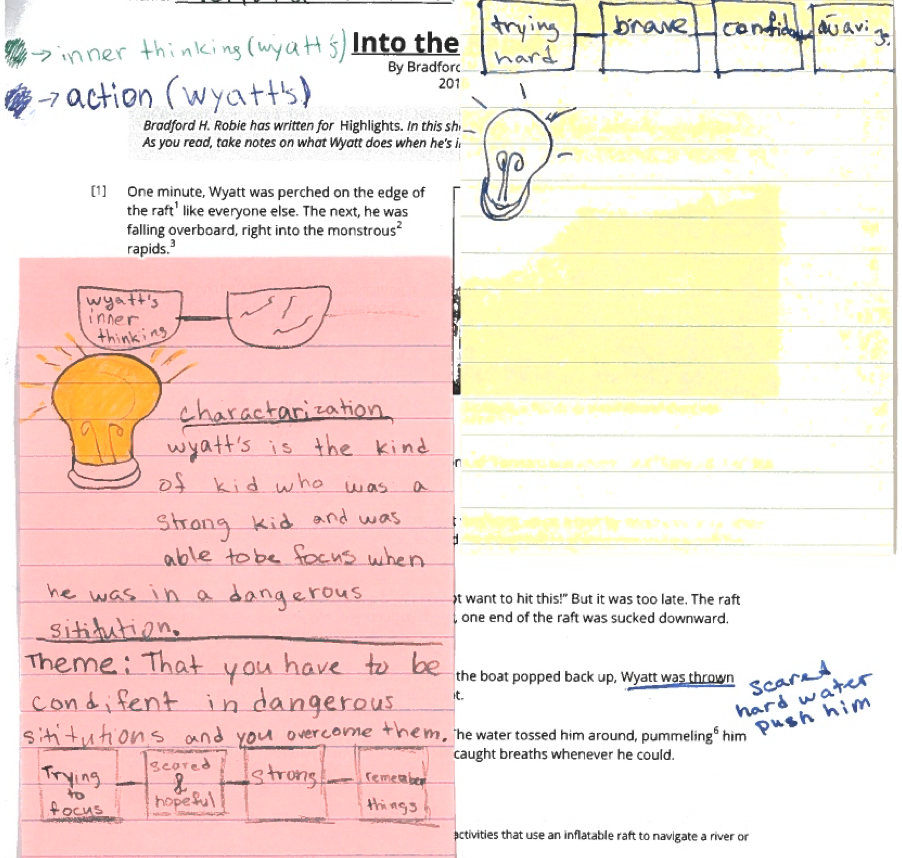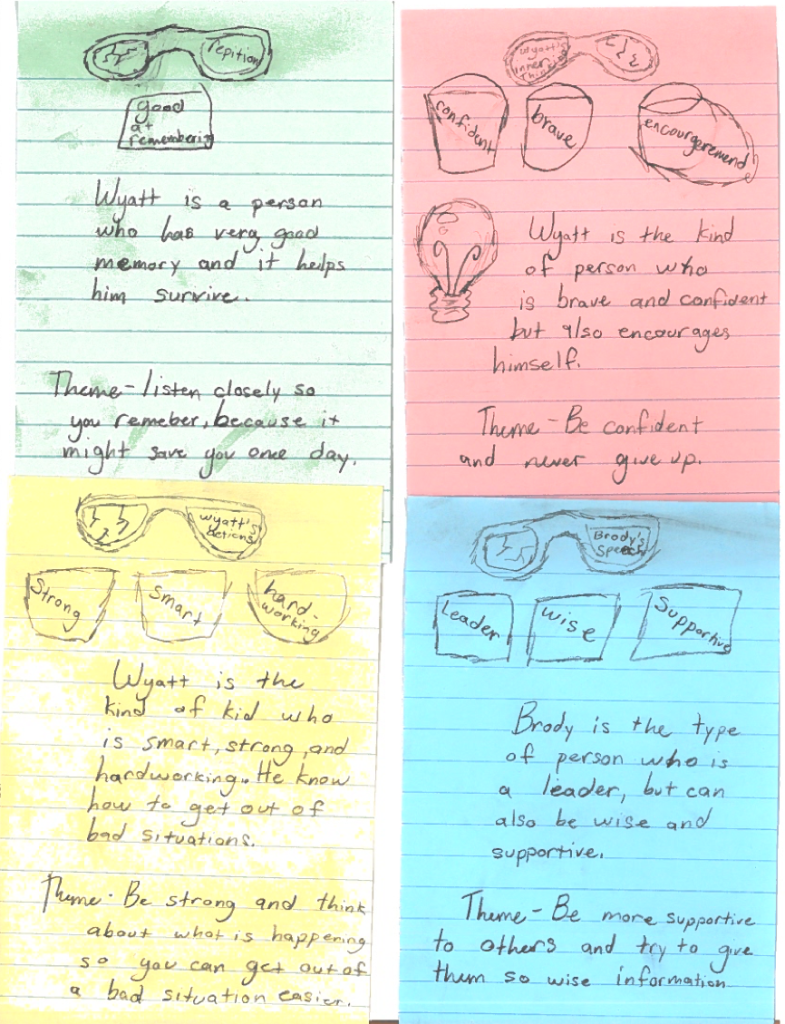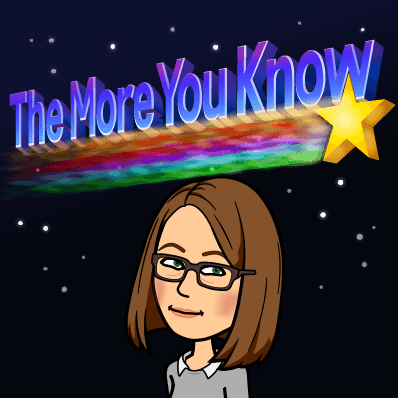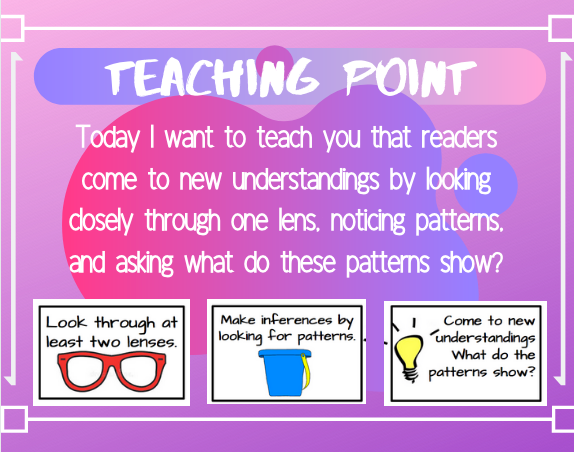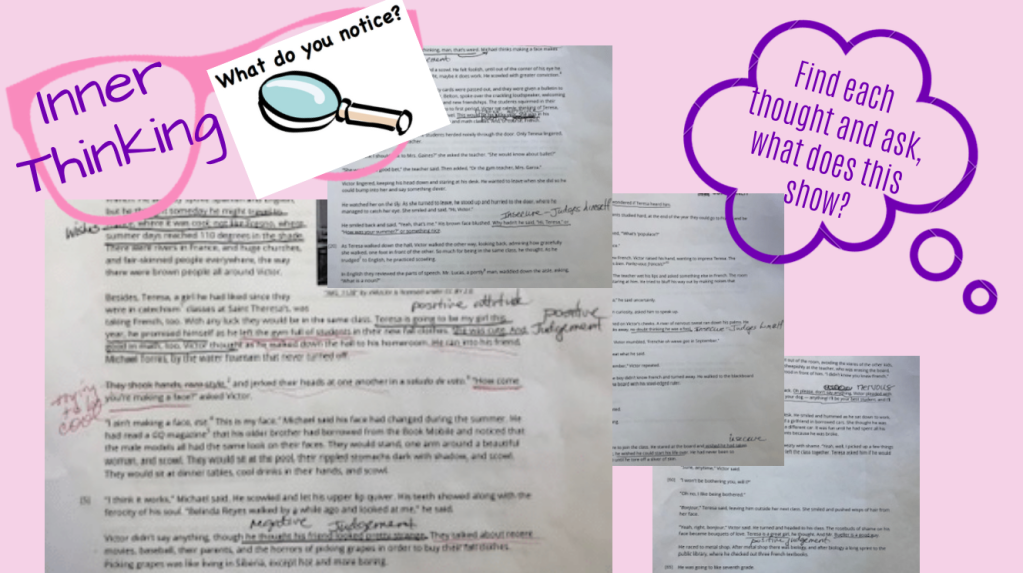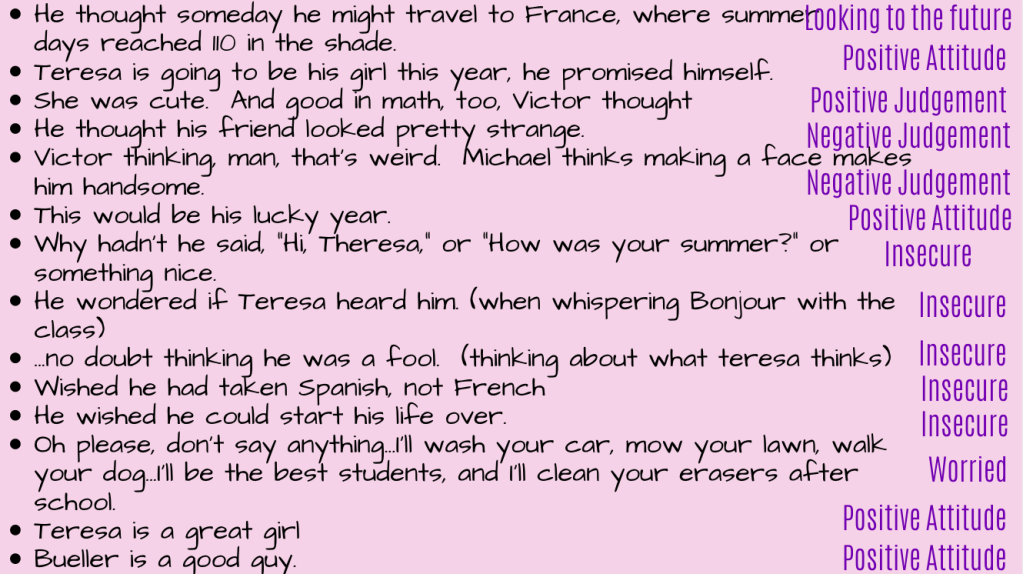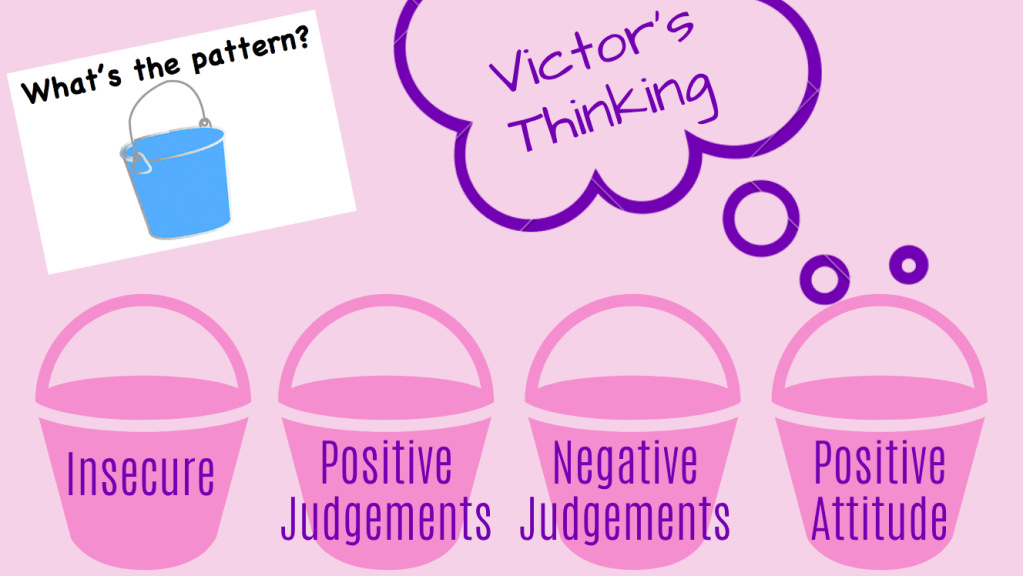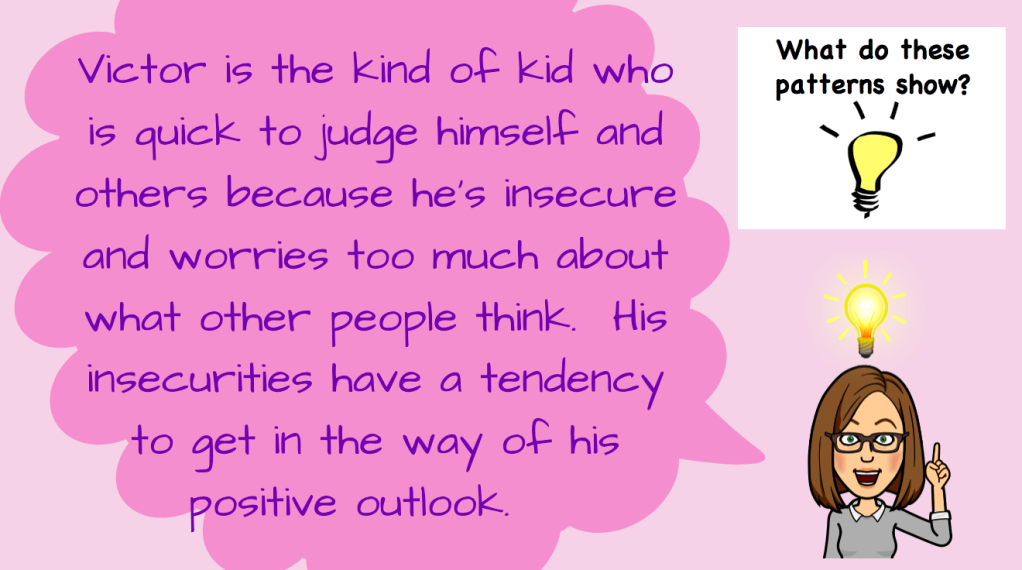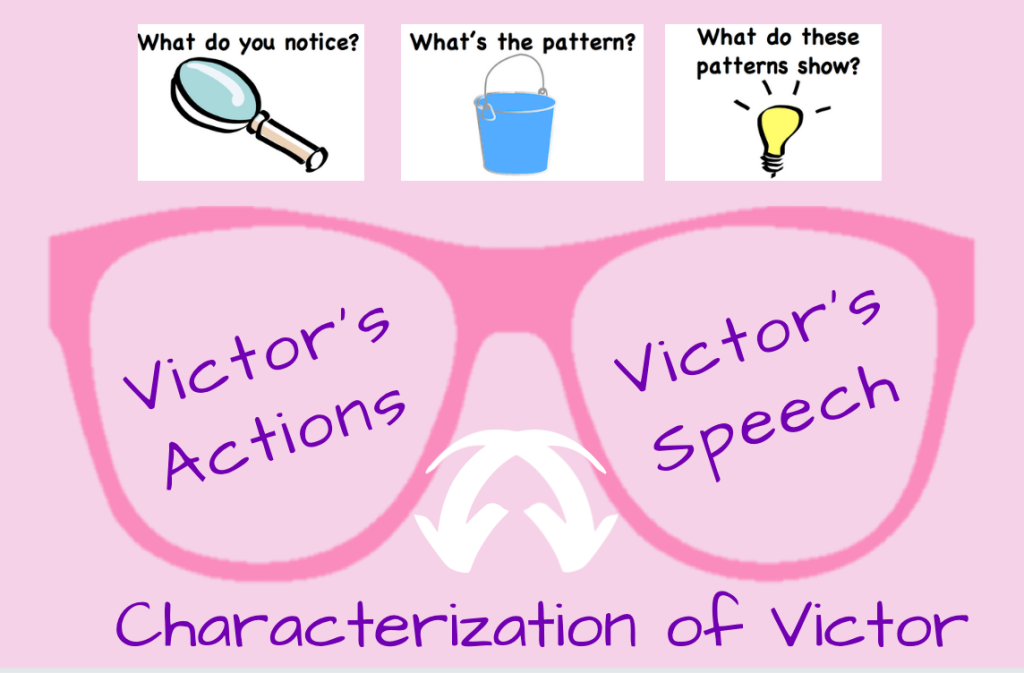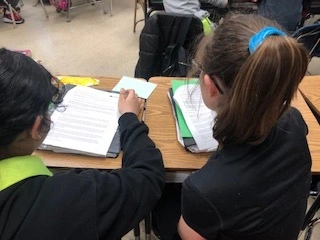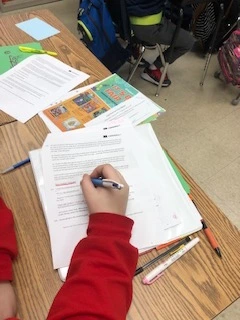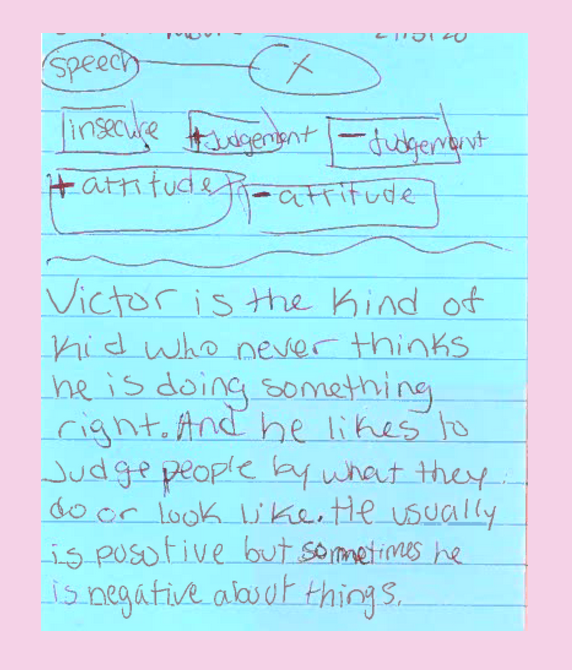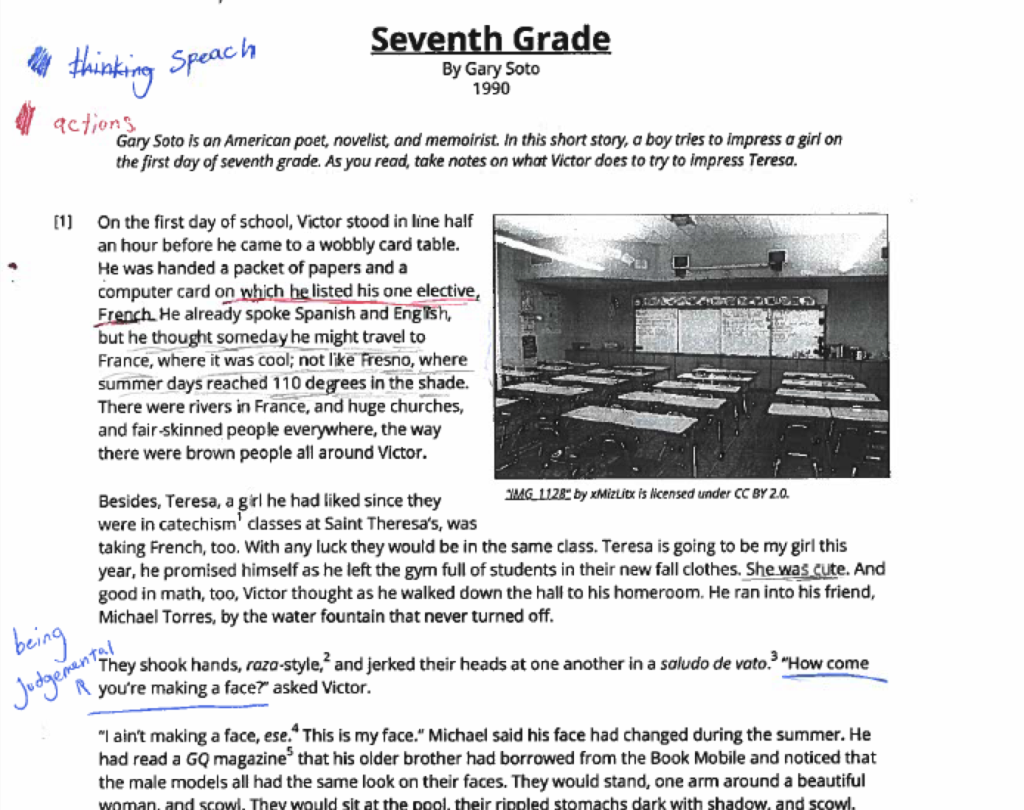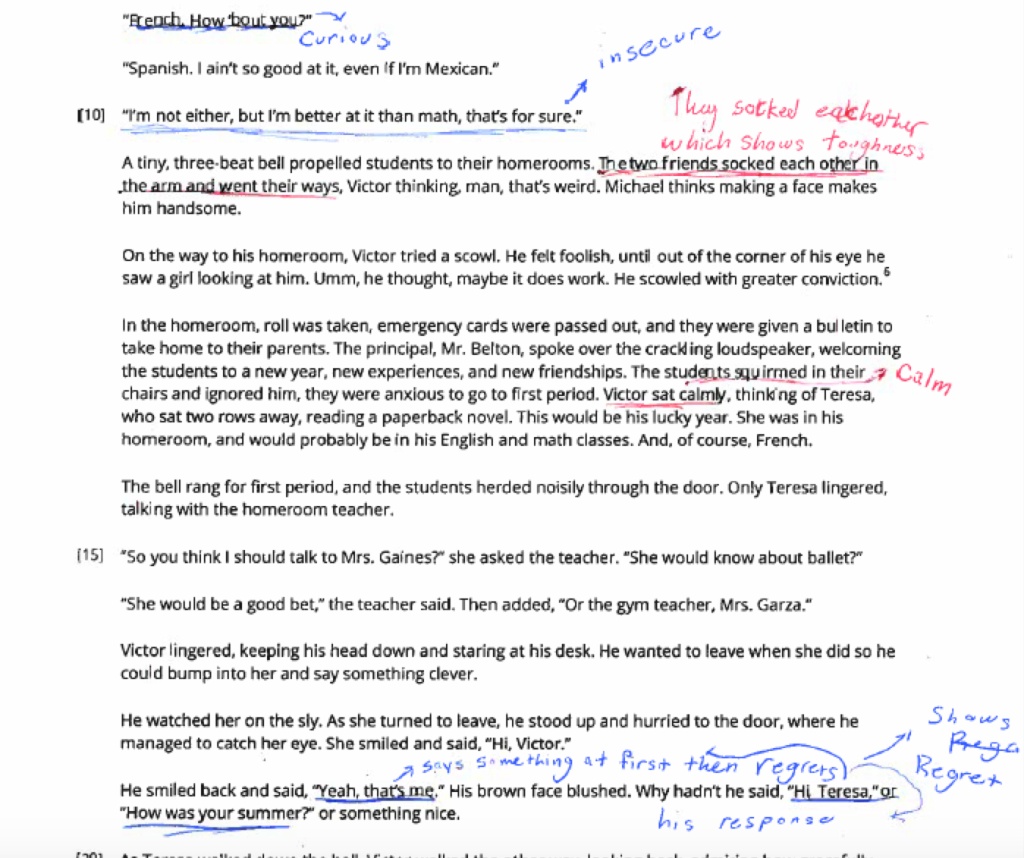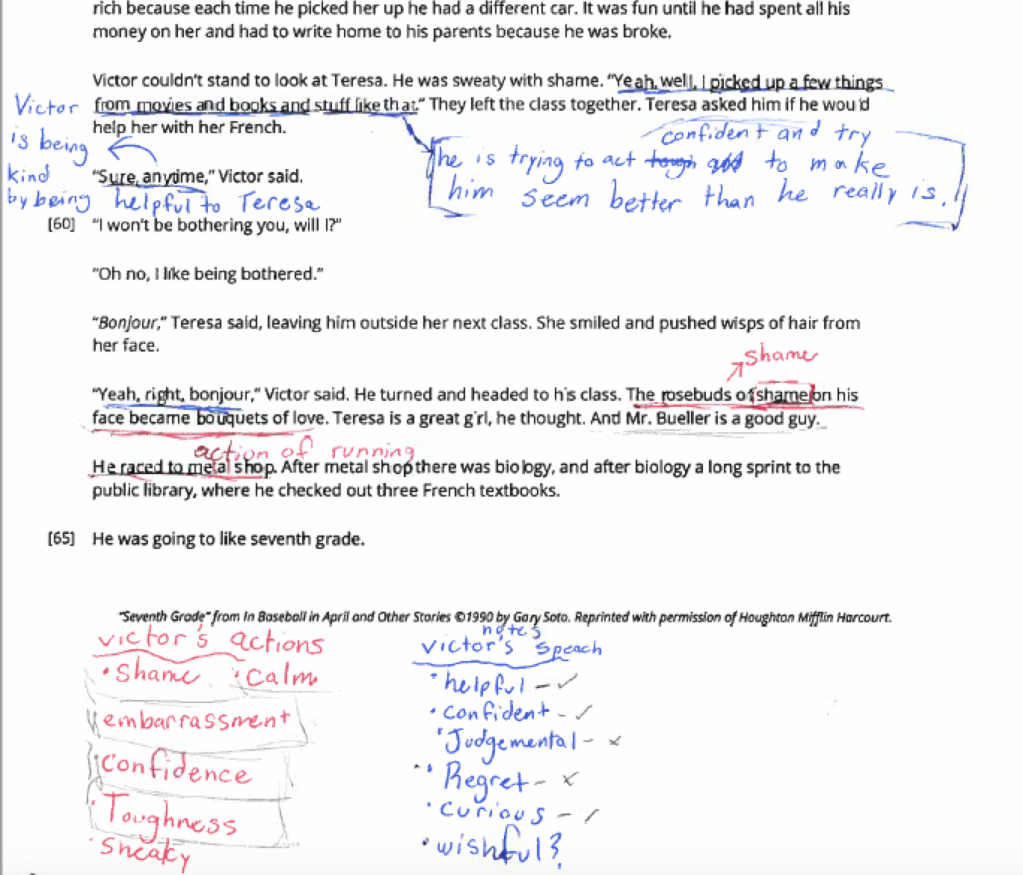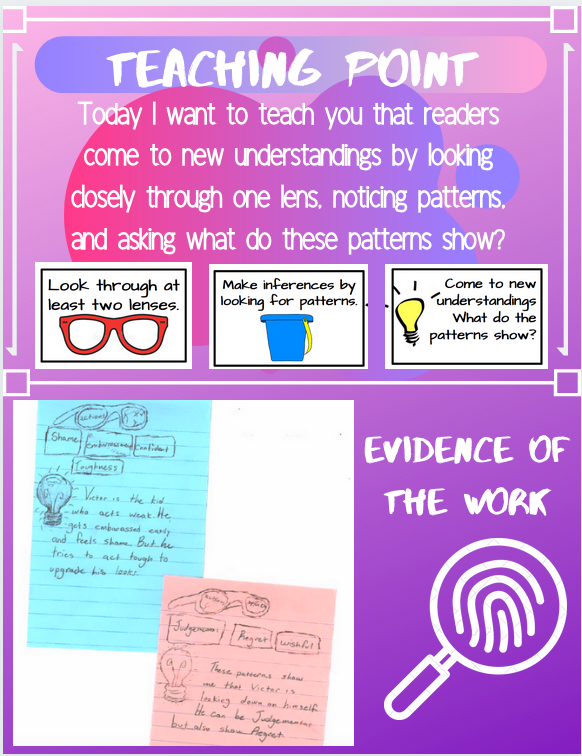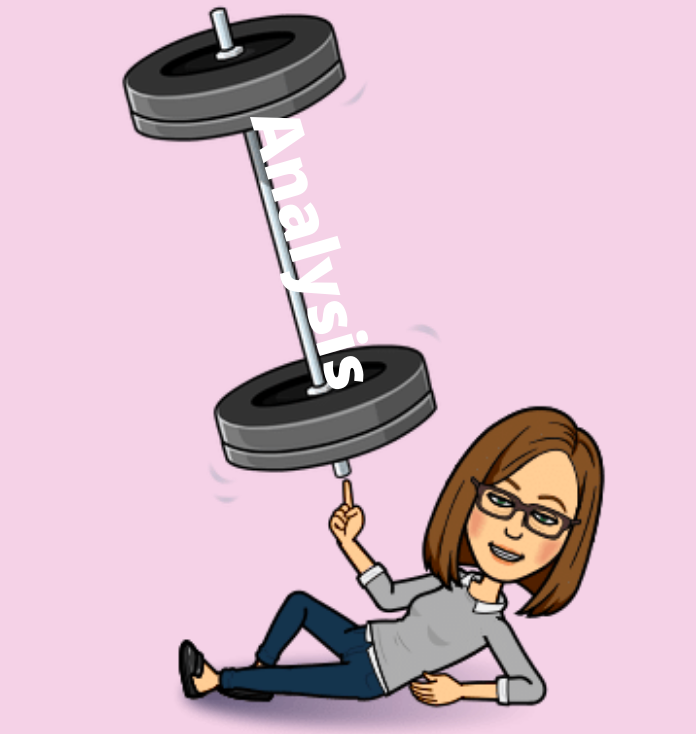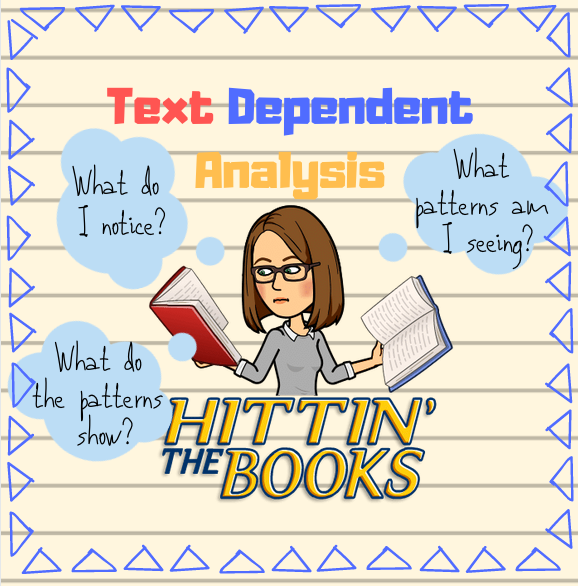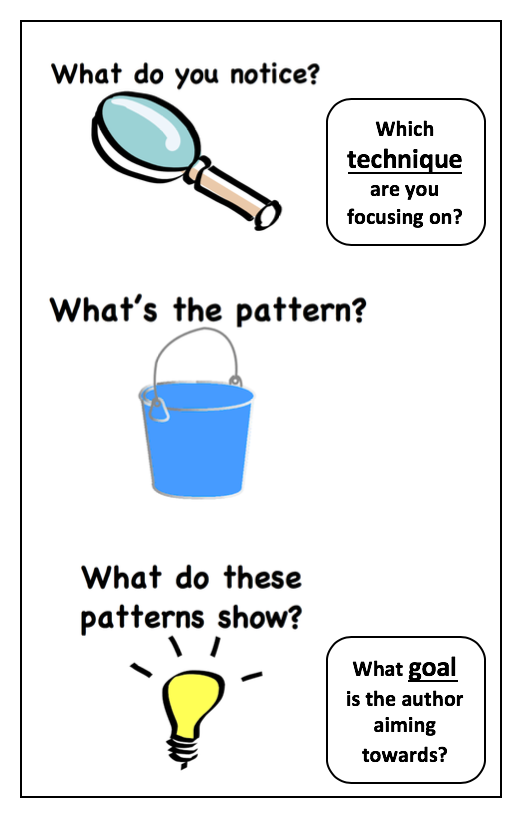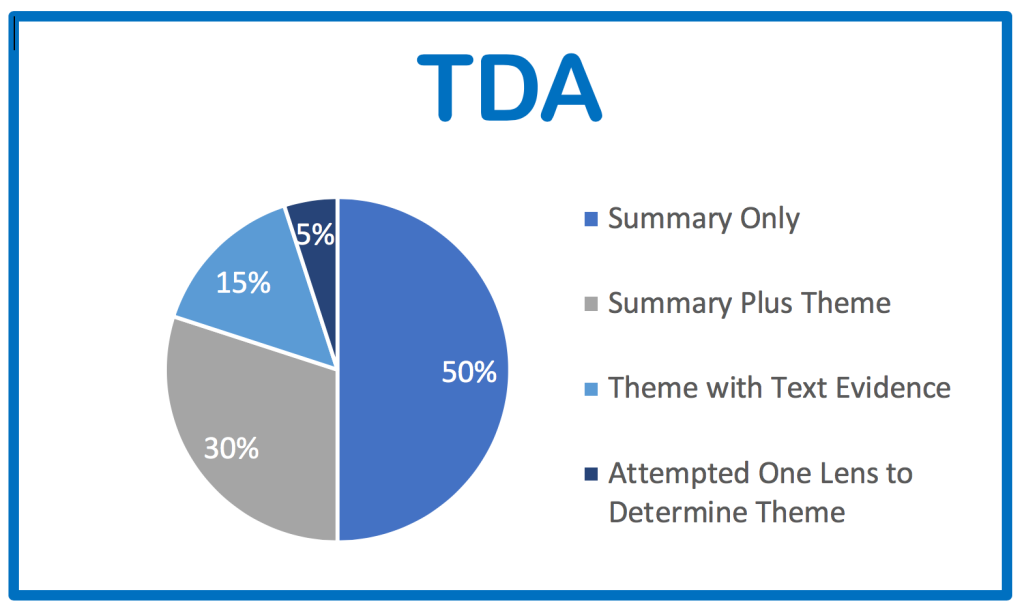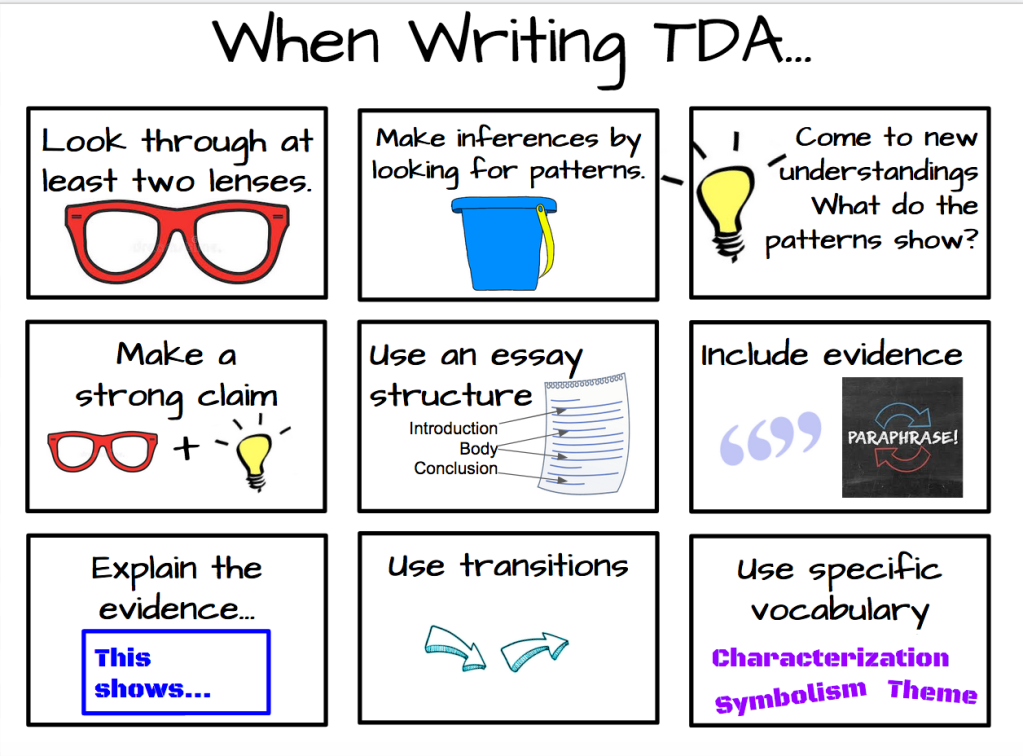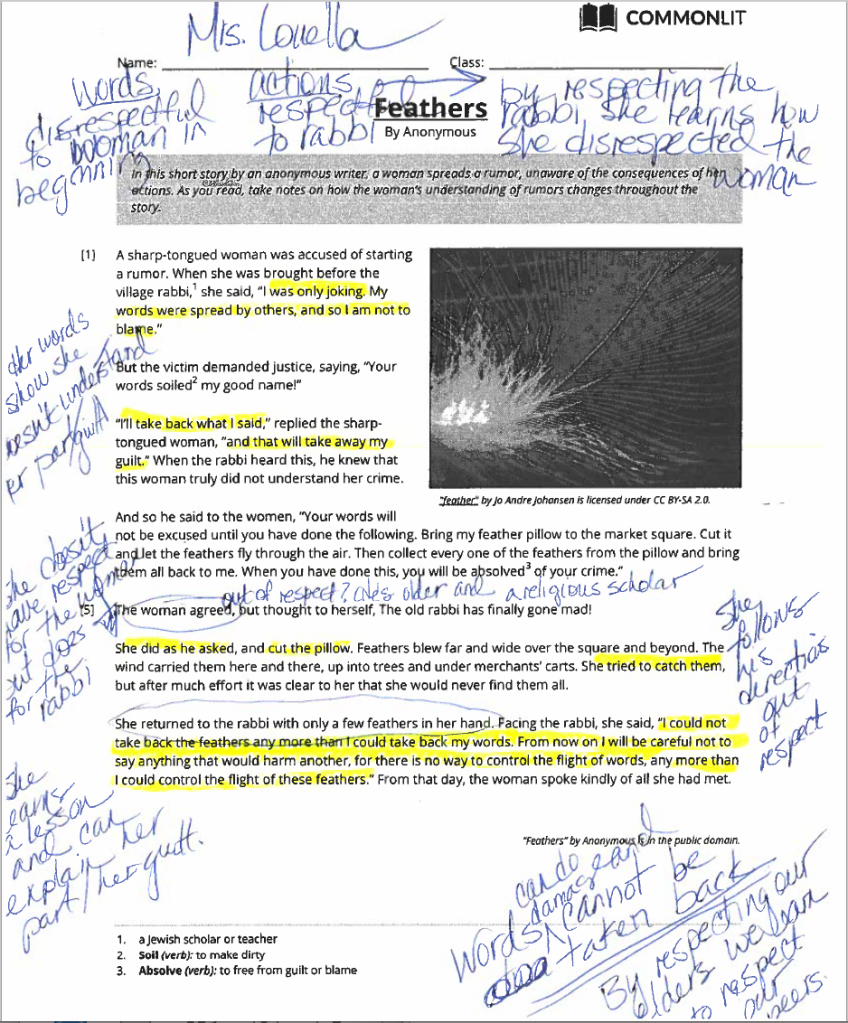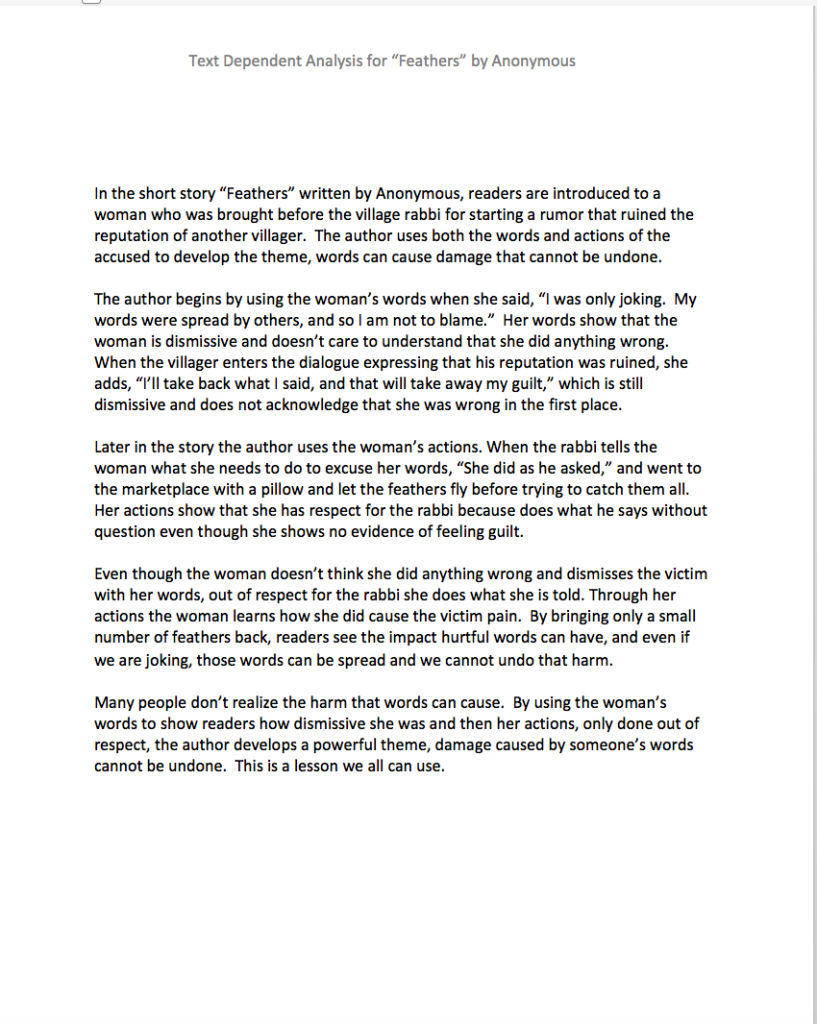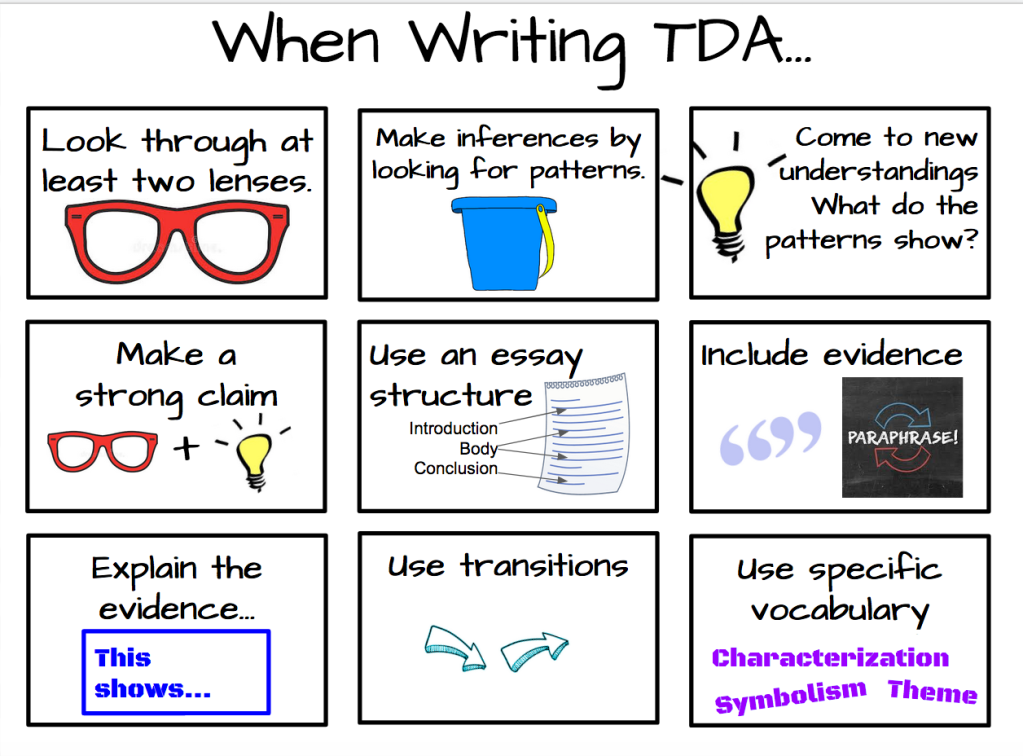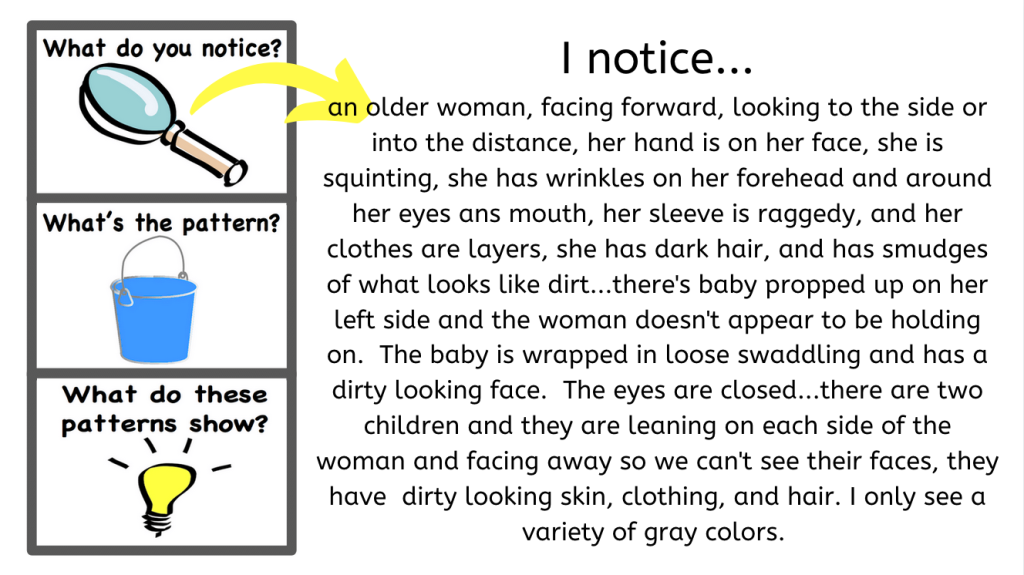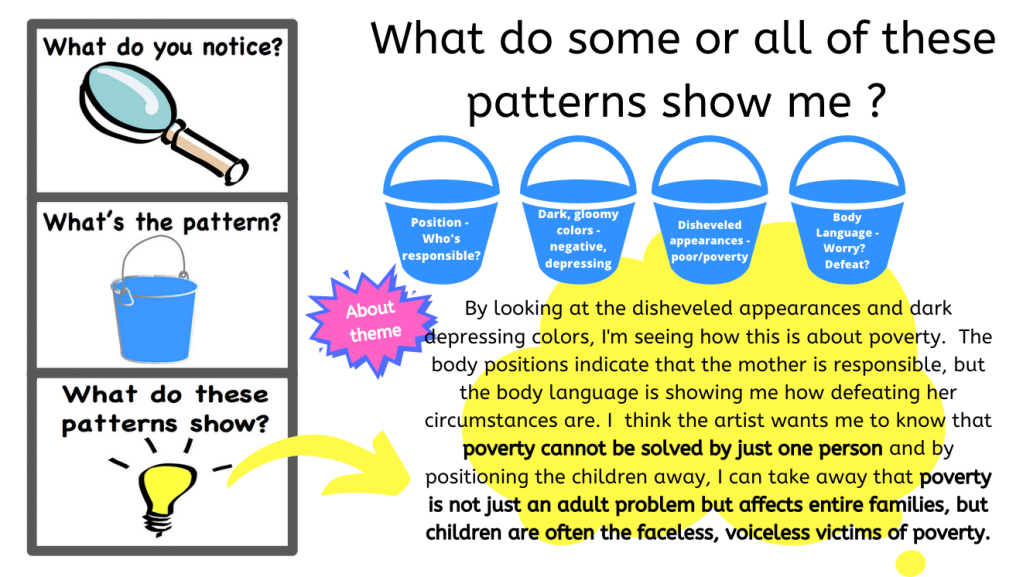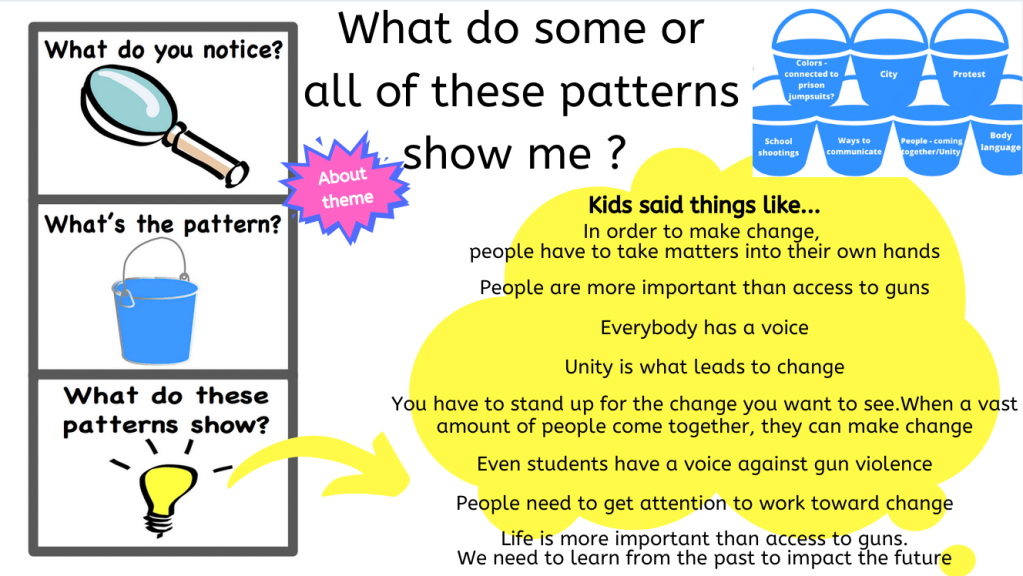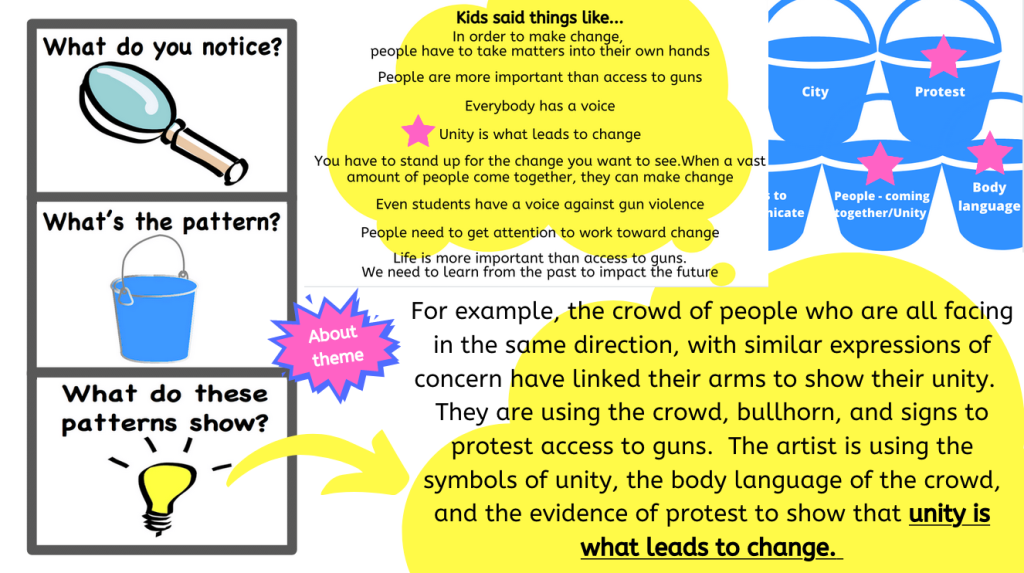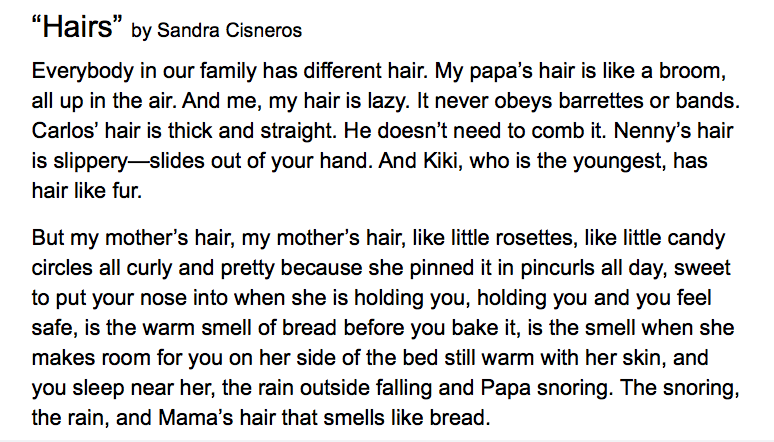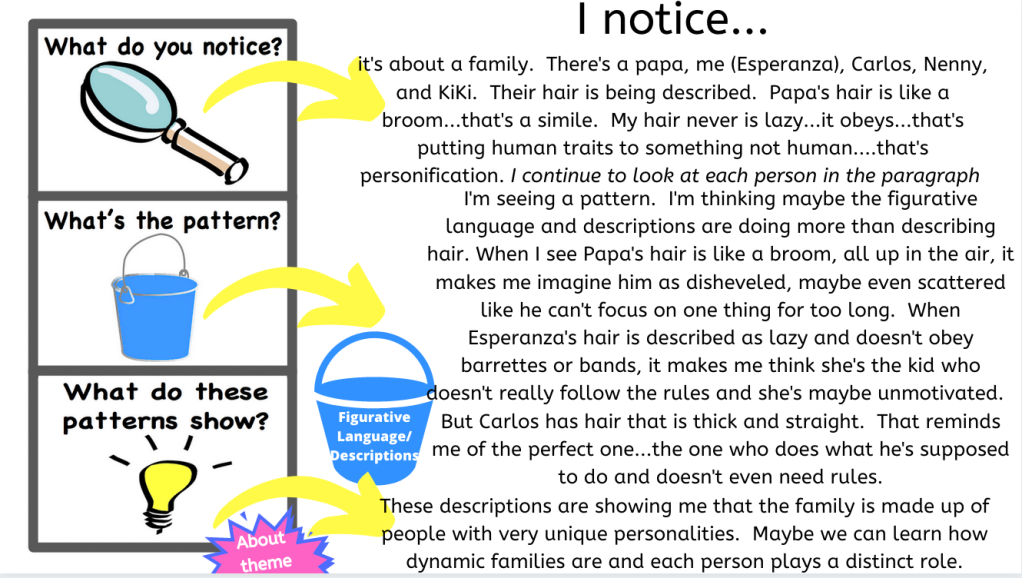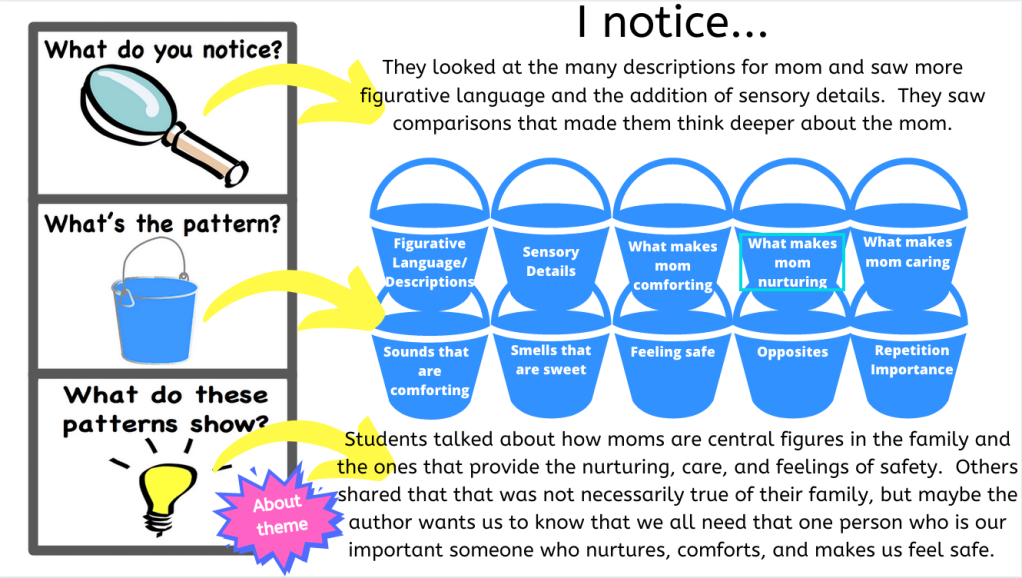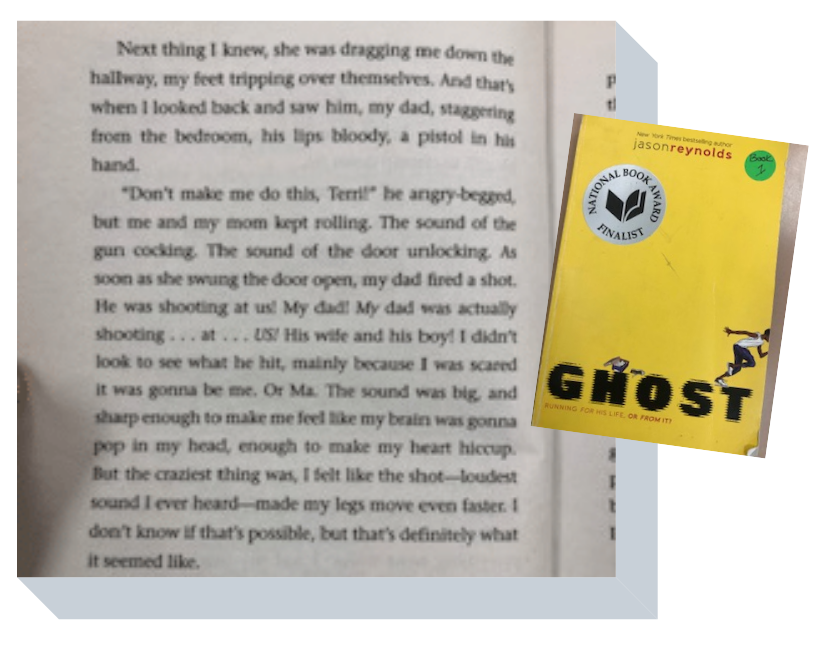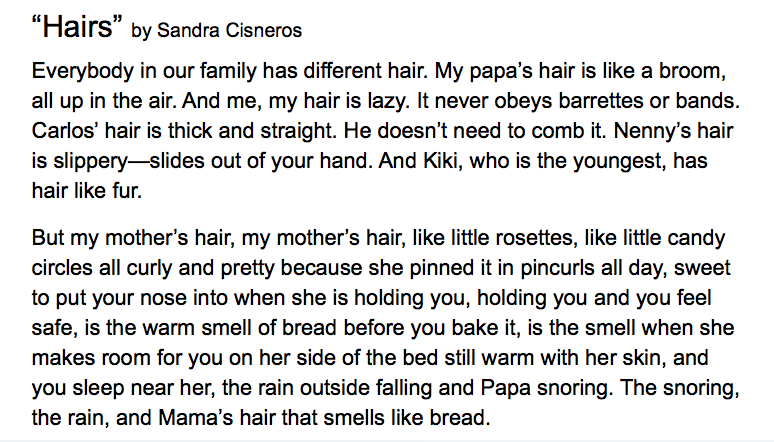
I’ve been working with some middle school students trying to push their thinking about character by using the lenses to look for patterns that help us make more inferences about character. At the time we were watching parts of the movie The Blind Side. As students were examining Michael Oher, the main character, even when looking at patterns through lenses, their thinking about Michael was very obvious.

While students came up with lots of ideas about his character, they just felt confined to the left side of the learning progressions.

While it’s good to notice that Michael is quiet, shy, and lonely the reasoning behind it fell flat for me. He doesn’t have family or friends so he’s lonely. He doesn’t do well in school so he’s quiet. He’s different from everyone at school so he’s shy. I wanted more depth. More of what we see in the 6+ column of the progression, so I started thinking about issues and conflicts. The movie is full of them. He’s a teenage boy whose basic needs are not being met. Needs not being met are often at the the center of issues and conflicts.
I tried to have kids examine what the character really needs, and if the need is being met or not being met, what reaction do we see in the character? It took me back to my kids when they were little and finding the need behind their behavior. One of my children, for example, would become very angry and inconsolable at times. We could have ignored it and hoped it would go away, but the behavior was during times when his world was not predictable. He was a kid who needed order and structure and when that need was not met, he would act out because he didn’t feel safe. So why was Michael really so quiet, shy, and lonely? What need was not being met?
I started playing around with tools to help push this thinking while leaning a bit on some basic Maslow. It helped, but it wasn’t enough.

I consulted with Brandi Hamnett, our SEL Instructional Coach, and she helped me lean on the work of Nonviolent Communication, which is about seeking to understand while building connection and empathy in conflict. This work is not only important as teachers who seek to understand our students without judgement, but for kids to to use in their own relationships as well, and what better way to practice this work than with characters!
I revised the tools, and we got back to work.


Let’s Try This Work…
Watch this short clip. Examine Michael during this conflict with his football coach.
Think to yourself, What does Michael need or value here?
You might have thought he needs connection and in particular to be understood.

His coach does not understand him and gets frustrated and that leads us to ask, “What do you see as a result of the need to be understood not being met?”

Michael reacts to not being understood or having a connection by being confused and overwhelmed. He’s stuck making mistake after mistake.
Then we see Leigh Anne step in. She shows that she understands him and gives him direction that meets this need. After the need is met, what do we notice?

We could look at the conflict between the football coach and Michael and say that in the beginning of the scene Michael is confused and overwhelmed. We see this in the continuous mistakes he makes which only further frustrates his coach. Michael is confused and overwhelmed as the result of his need for being understood not being met. We can infer that Michael doesn’t respond well to criticism. Later, when Leigh Anne, who takes the time to understand Michael, explains to him what he needs to do, we notice a change in Michael. We see his facial expressions changed and his body language relax. He looks more at ease and looks hopeful and encouraged. When he goes back to practice we see his confused actions are changed to confident and powerful ones. We can infer that Michael is someone who needs connection and understanding in order to respond positively.
By really examining why Michael responds the way that he does, we are thinking deeper about his character as he faces conflicts and issues which pushes us to the right side of the learning progressions.
This is really challenging work and needs a lot of modeling and peer discussion in the form of turn and talk. But with persistence, I am seeing that the work is paying off. The inferring about character has grown deeper than the obvious surface level thinking and there is plenty of room to scaffold this work.
I may still tweak the tools as I continue to experiment, but I thought it was worth sharing for the upper elementary and middle school grade levels who might want to experiment with this work as well.
If you try this work with your students, I would love any and all feedback and would be happy to plan with you. Additionally, Brandi Hamnett was a wealth of information on this subject and a valuable asset for all SEL needs. Thank you, Brandi!













